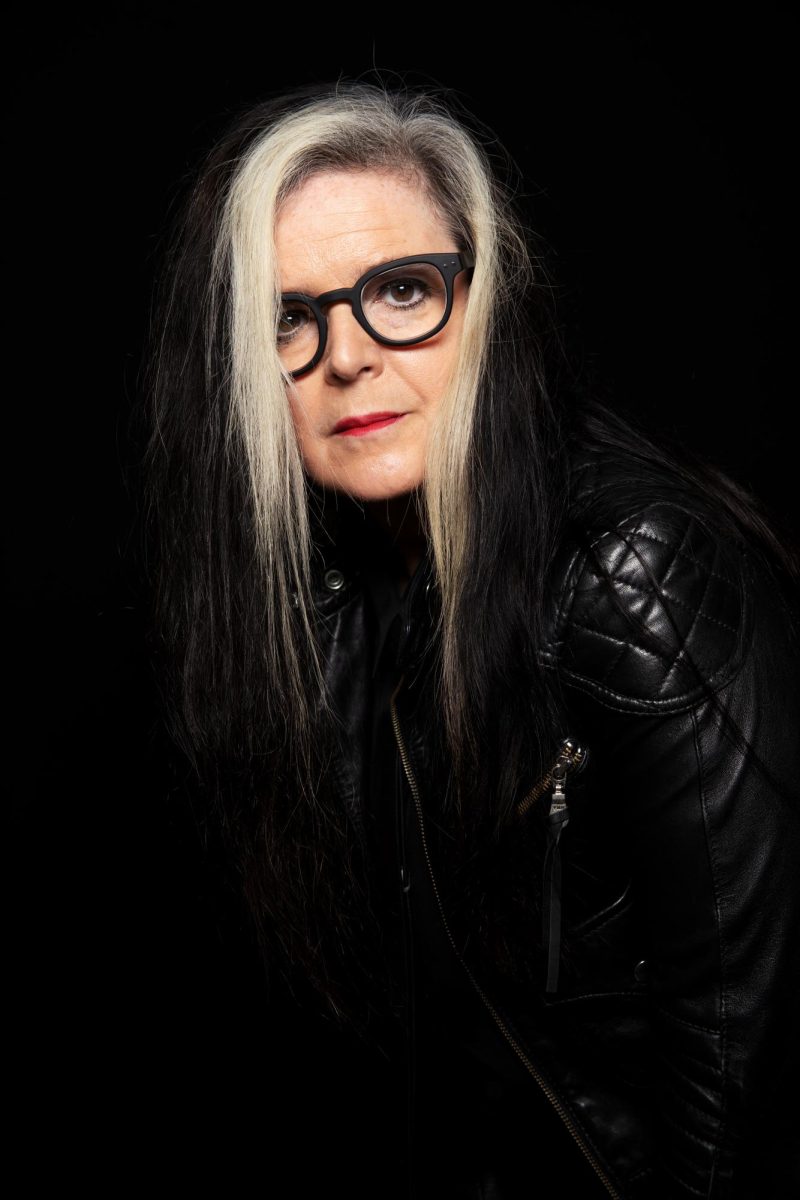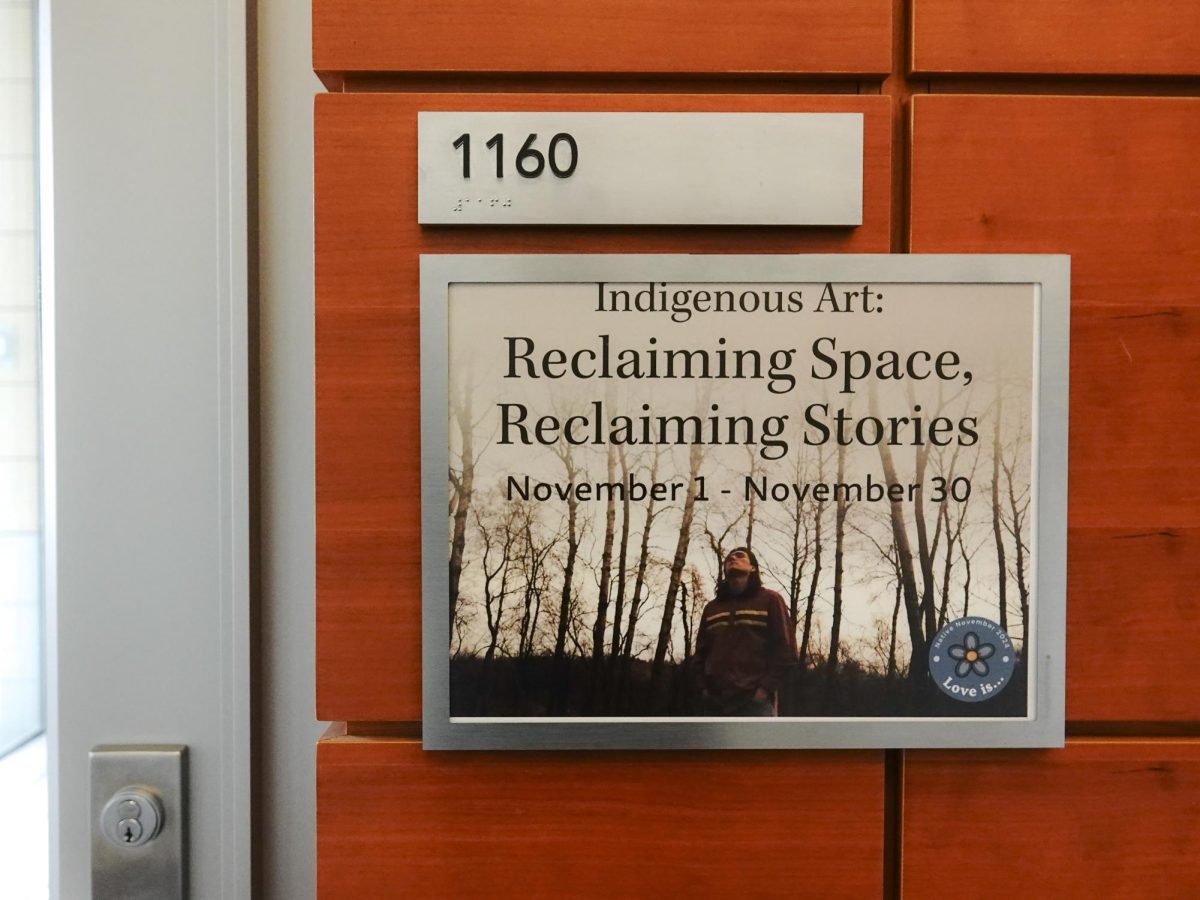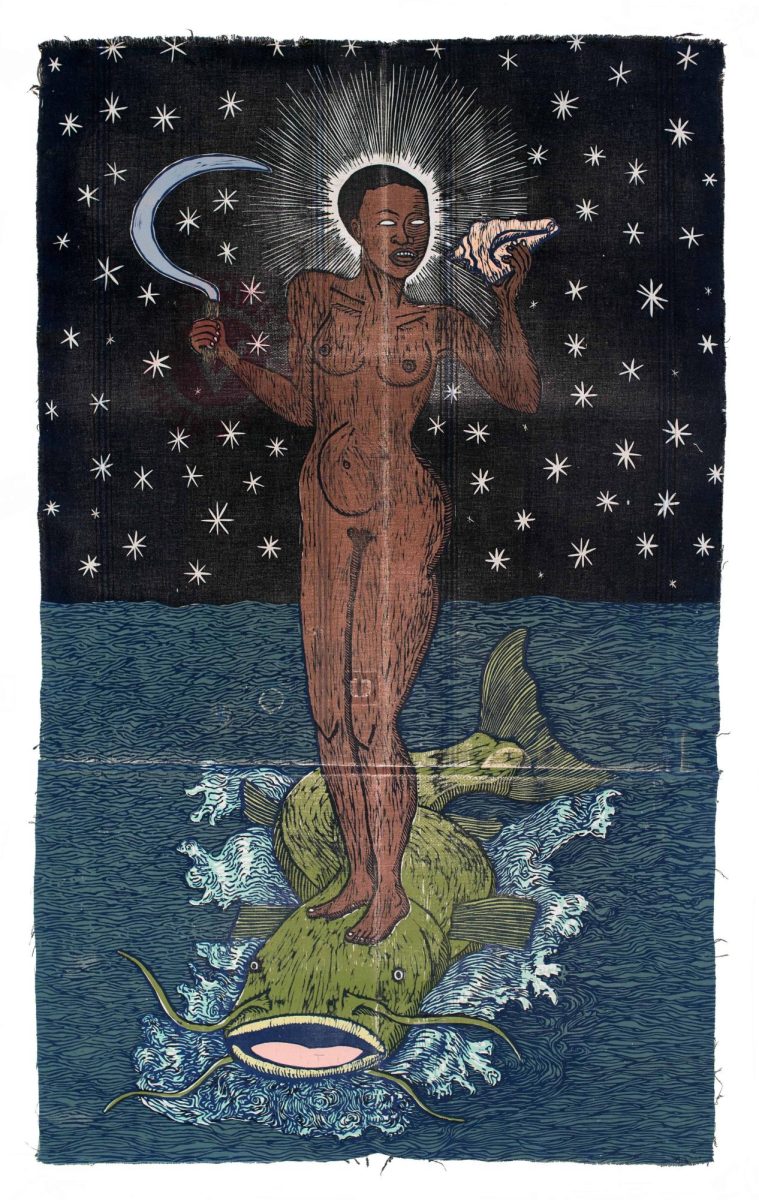Unrest and discomfort go hand in hand. The former is an intermediate state, a feeling of flux that precludes normal behavior. The latter can be a result of unrest – the pain caused by turmoil or the uneasy feeling that creeps up in an unfamiliar situation. The two, when paired in art, elicit that stomach-churning stress that stays with the viewer long after walking away, the feeling that the artist has just pulled back the curtain on something that’s not quite right.
Anywhere, an exhibit by Chele Isaac currently on display at Union South’s Gallery 1308, badly wants to provoke that kind of uneasiness. It’s evident from the set-up (smallish prints on vast white walls), ambiance (a soundless sideshow projecting an endless loop of images on one side of the gallery), content (mostly photographs of run-down houses) and finishing touches (two box-set televisions sit atop floral-patterned kitchen chairs, facing each other, rolling video of a heavily stubbled man walking very, very slowly down an abandoned road at night).
But it fails. Anywhere captures the unrest and turbulence it hopes to, but it is much too disjointed to draw out any sense of discomfort. The connectors meant to provide some context to the images are less helpful than distracting. What’s left is an emotionally vacant exhibit and a gallery of well-framed photographs.
Several elements attempt to bundle Anywhere into a digestible package: the aforementioned chairs and TVs, a thematic string of pictures of rooms in houses and a single print at the end of the hall showing two young girls, faces smudged, hair unkempt, looking blankly into the distance.
The house angle is the strongest of these three. The exhibit’s most stirring photograph displays an empty room with cracked floors and walls and a broken window. A layer of dust covers the floor, but there are signs that people once lived there – a rag and a newspaper in the corner, a few metal objects near the wall. The entire setting is almost monochromatically red, with almost no contrast between the now-ruined parquet floor and the brick facade of the fireplace. But a small, blue, unwrapped package sitting on the hearth screams out for attention. It, too, has a layer of dust.
All of the photographs of rooms are like that. It’s impossible to tell whether the homes have been ill-kept, abandoned, vandalized or all three. The uncertainty is unsettling, but it’s undermined by the confusing additional elements. By themselves, the pictures would tell a story, but when a man stalks his way through the middle of the room, unanswerable questions are raised. Is he transient, a product of those broken homes? Or does he symbolize something that Isaac blames for the disarray?
The portrait of the girls only muddles the emotional message further. Normally, an image of children might signify hope, or, more darkly, lost innocence. And though the girls are bathed in light, their blank stares signal only emotionless confusion, the indifference of being unable to understand.
The shot may as well be a metaphor for Anywhere itself. There’s a message in there somewhere, but it’s nowhere near cohesive enough to be truly impactful.
Anywhere is a free exhibit on display at Union South until October 4. Gallery 1308 is open daily from 8 a.m. to 10 p.m.













